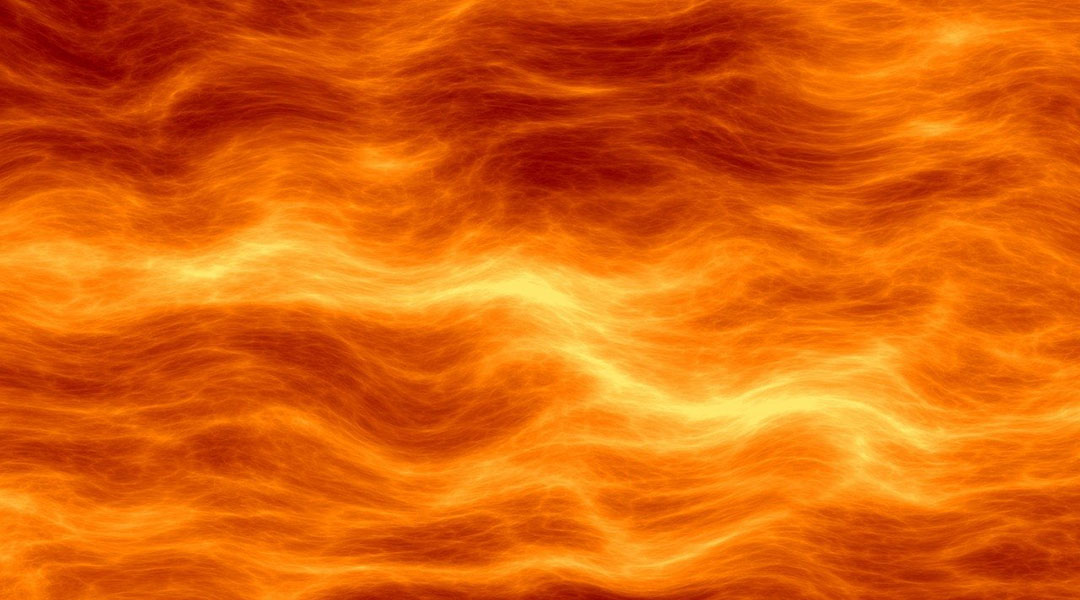Nuclear fusion has enormous potential as a virtually limitless source of clean energy. During this reaction, two small atomic nuclei combine to create a new lighter nucleus. According to Einstein’s theory of relativity, any mass carries a certain amount of energy determined by the well-known relation E = mc2, so mass difference between the initial nuclei and the one that forms after fusion is transformed into a significant amount of energy.
To harness the energy produced during fusion reactions, scientists have been trying to build a viable reactor for decades, though success has been limited.
Researchers at Tokamak Energy in the UK alongside colleagues from the Princeton Plasma Physics Laboratory, the Oak Ridge National Laboratory in the US, and the Institute for Energy and Climate Research in Germany have developed a prototype for a compact and relatively simple fusion reactor called the ST40, which is much smaller and cheaper than other currently existing reactors.
A compact reactor
Their achievement is remarkable since initiating a reaction requires immense temperatures of tens of million degrees Celsius to provide atomic nuclei with enough energy to overcome the natural repulsion that exists between them in order for them to fuse. At these temperatures, matter becomes a plasma, in which atomic components, such as nuclei and electrons are unbound.
It is impossible for any known material to withstand direct contact with a substance as hot as these plasmas. Therefore, existing fusion reactors use magnetic fields to suspend them. However, achieving the precise spatial configuration and strength of this magnetic field, as well as heating the plasma to the required temperature, poses significant challenges.
“Equivalent temperatures have only previously been obtained on devices with plasma volumes greater than fifteen times larger than ST40 and with substantially more plasma heating power,” the scientists wrote in the article published in Nuclear Fusion.
An increase in the plasma volume leads to an increase in the complexity and cost of the entire facility. The ST40 is a tokamak, a type of fusion reactor in which the plasma is suspended and shaped like a donut. Many different prototypes of this type of reactor have been built and widely studied. However, they are typically large to accommodate for the plasma volume, expensive, and time-consuming to build.
In contrast, the ST40 stands out for its affordability and compactness. The radius of the plasma donut inside is much smaller, resembling a sphere with a pillar connecting its poles, leading the researchers to call their device a “spherical tokamak”.
“Spherical tokamaks have several beneficial features which make them an attractive option for commercial fusion power production,” explained the scientists in their paper. “[They] exhibit enhanced stability properties, as well as displaying more favorable transport and confinement properties.”
Initial experiments
In their study, the physicists used a plasma consisting of nuclei of deuterium, an isotope of hydrogen. Deuterium mixtures are commonly used because their energy requirements for fusion are lower compared to other elements and they release more energy than other fusion reactions.
The temperature inside the reactor reached 100 million degrees Celsius and was maintained for about 150 milliseconds. This is not much less than the most advanced tokamak prototypes in existence, such as JET and ITER, which can maintain approximately the same temperature for about 1 second, despite being dozens of times larger and more expensive than ST40, making this result groundbreaking.
While this represents an important milestone in the quest for affordable fusion power, the team’s work is far from over. The time the physicists have been able to maintain the plasma in the reactor at the right temperature was not enough to generate any significant amount of energy.
Nonetheless, the potential economic and environmental advantages offered by fusion energy are substantial, thereby fueling the researchers’ optimism for future spherical tokamaks to establish themselves as viable sources of inexpensive energy.
Reference: S.A.M. McNamara et al., Achievement of ion temperatures in excess of 100 million degrees Kelvin in the compact high-field spherical tokamak ST40, Nuclear Fusion (2023), DOI: 10.1088/1741-4326/acbec8
Feature image credit: geralt on Pixabay

















